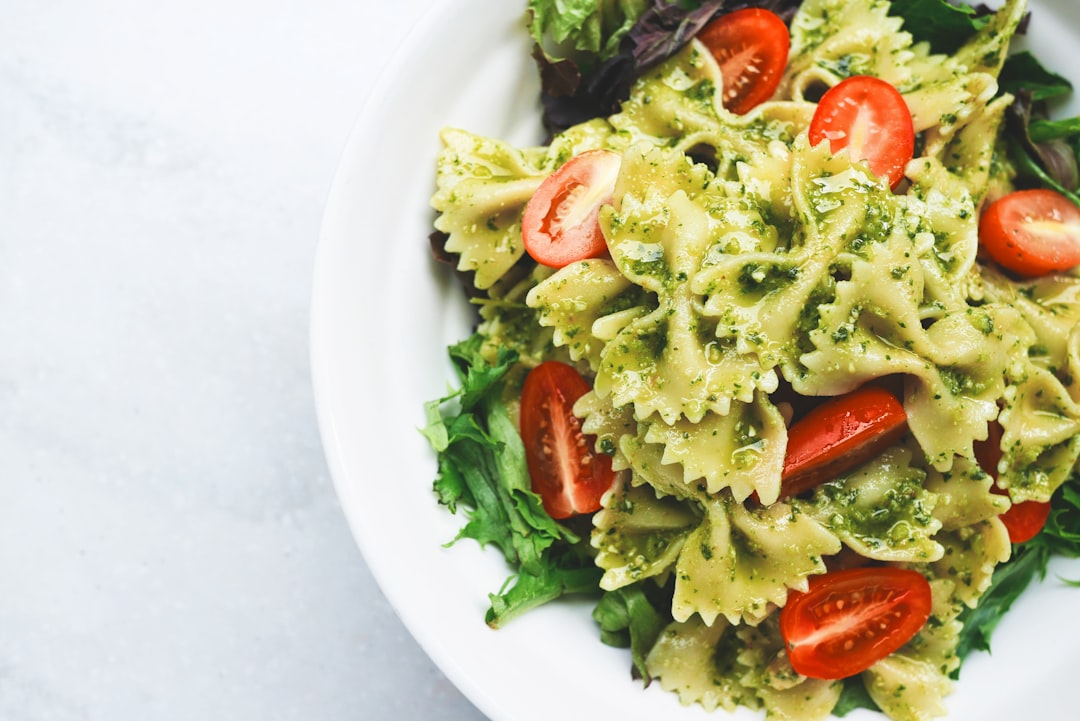
Top 10 Dishes Every Food Lover Must Try
# Introduction. Food is a universal language that transcends borders, cultures, and backgrounds. Culinary delights offer a glimpse into history, tradition, and the soul of a nation. Traveling is often about exploration, and what better way to explore a destination than through its food? In this blog, we've compiled a list of the top 10 dishes that every food lover must try, whether you're dining at a street stall or a five-star restaurant. From comfort food to gourmet dishes, let’s embark on a culinary adventure around the world. ## 1. Pasta Carbonara - Italy. When it comes to comfort food, few dishes are as cherished as Pasta Carbonara. Originating from the region of Lazio, particularly Rome, this dish is a simple yet rich combination of spaghetti or rigatoni, eggs, Pecorino Romano cheese, and guanciale (cured pork cheek). The creamy texture comes from the emulsion of the eggs and cheese, creating a velvety sauce that clings to every strand of pasta. Many restaurants serve their own variations, but the classic version retains its status as a must-try for anyone visiting Italy. ## 2. Sushi - Japan. Sushi has taken the world by storm, with creative variations now available in every corner of the globe. However, nothing compares to enjoying authentic sushi in Japan. Traditional sushi, made with vinegared rice, fresh fish, and ocean delicacies, is an art form. Popular types include nigiri (hand-formed rice topped with fish), maki (rolled sushi), and sashimi (sliced raw fish). Sushi bars in Japan often source fresh ingredients from local markets, and savoring sushi prepared by skilled chefs is an experience not to be missed. ## 3. Tacos - Mexico. A vibrant reflection of Mexican culture, tacos are a delightful explosion of flavors wrapped in a simple tortilla. Originating from the streets of Mexico, these portable delights offer variations that cater to all palates. From carne asada (grilled beef) to fish tacos topped with zesty slaw, each bite reveals a blend of spices, herbs, and local ingredients. Tacos are more than just food; they are a social experience, often enjoyed in lively taquerias surrounded by friends and family. ## 4. Pad Thai - Thailand. A quintessential street food dish, Pad Thai is a stir-fried noodle dish that embodies the balance of sweet, sour, salty, and spicy flavors that Thai cuisine is known for. Typically made with rice noodles, shrimp or chicken, tofu, bean sprouts, and peanuts, this iconic dish has become a favorite worldwide. The combination of tamarind paste, fish sauce, and lime juice creates a delicious sauce that imparts an unforgettable taste. ## 5. Croissant - France. The flaky, buttery croissant is a staple of French bakeries worldwide. With its delicate layers and rich flavor, this pastry offers the perfect balance of crispiness and softness. First enjoyed during breakfast, the croissant can be stuffed with chocolate, almond paste, or even ham and cheese, creating a versatile treat that satisfies any craving. Enjoying a croissant fresh out of the oven at a Parisian café is an experience unparalleled. ## 6. Biryani - India. If you’re looking for aromatic and flavorful rice dishes, look no further than Biryani. Originating from the Mughal kitchens, this regal dish consists of basmati rice, marinated meat (typically chicken, lamb, or goat), and an array of spices. The layering of ingredients and slow cooking process creates a blend of textures and tastes that are hard to resist. Biryani varies in flavor and style across different regions of India, each offering a unique spin on this beloved dish. ## 7. Peking Duck - China. Peking Duck is an iconic dish known for its exquisite flavor and crispy skin. Originating from Beijing, this dish features a specially bred duck seasoned and slow-roasted to achieve its signature crispiness. Traditionally served with thin pancakes, hoisin sauce, and cucumber, the combination creates a delightful tapestry of textures and flavors. A journey to China wouldn’t be complete without savoring this culinary masterpiece. ## 8. Gelato - Italy. No food adventure is complete without dessert, and gelato is a true Italian delight. This rich, creamy frozen treat boasts a lower fat content than traditional ice cream, allowing the flavors to shine brightly. With countless flavors ranging from pistachio to tiramisu, gelato can be enjoyed on a hot summer day or as a sweet ending to any meal. Sampling gelato from local gelaterias is an experience that will leave your taste buds craving more. ## 9. Ceviche - Peru. Regarded as the national dish of Peru, ceviche is a refreshing delight that consists of raw fish marinated in citrus juices. The acidity of lime and lemon “cooks” the fish, making it a light and flavorful option, especially during warm days. Typically garnished with red onion, cilantro, and chili peppers, ceviche represents the ocean’s bounty and is a must-try for seafood enthusiasts visiting the coastal regions of Peru. ## 10. Baklava - Middle East. For those with a sweet tooth, baklava is an indulgent pastry that showcases the richness of Middle Eastern desserts. Made from layers of filo pastry filled with chopped nuts and sweetened with honey or syrup, each bite evokes a celebration of texture and sweetness. Countries like Turkey and Greece claim baklava as their own, with variations in ingredients and preparation, making it a delectable treat worth exploring. # Conclusion. Food is an integral part of traveling, and exploring local dishes allows us to connect with different cultures. Whether you’re indulging in a creamy pasta in Italy or savoring spicy tacos in Mexico, each dish tells a story of its heritage and significance. The top 10 dishes highlighted above should be on every travel enthusiast’s radar as they navigate the world, one bite at a time. Bon appétit! .







